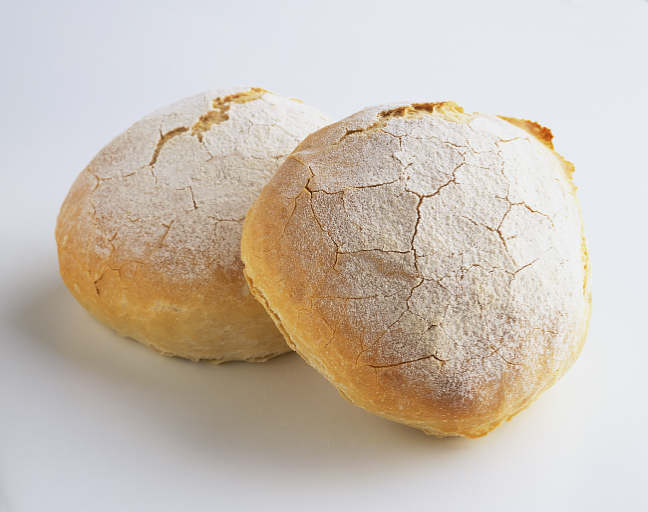SUNDAY STUDY: Is the Rapture in September?
By Bill Perkins, founder and Executive Director of Compass International Inc.
Rapture will probably be in September, regardless of the year. Here’s why!
According to Leviticus 23, there are seven Jewish Feasts commanded by God to be observed each year.
They are:
Feast Name: Jewish Date Hebrew
1) Passover Nisan 14 Pesach
(April or May)
2) Unleavened Nisan 15 Hag-Ha-Matzot
Bread
3) Firstfruits Starts the day after the Sabbath following Passover Bikkurim
4) Feast of Weeks Starts 50 days after Firstfruits Shavuot
5) Trumpets Tishri 1 (sept/Oct) Rosh HaShanah
6) Day of Atonement Tishri 10 Yom Kippur
7) Tabernacles Tishri 15 Succoth
The symbolism of Jesus in the Jewish Feast of Passover has been extensively analyzed by numerous scholars. In a nutshell, Jesus is our Passover Lamb, the Lamb of God.
“…Christ our Passover…” 1 Cor. 5:7
Jesus was slain on the cross on Mt Moriah. At the same time, the Jews were slaying their Passover lambs (had to be a male lamb without blemish), also on Mt Moriah, just a few steps away.
There is also symbolism in the other feasts as well.
The second feast, Unleavened Bread, is the day after Passover. Jewish days began at 6 PM, so the Feast of Unleavened Bread began in the evening after Passover.
“…Behold, the Lamb of God who takes away the sin of the world!” John 1:29
Leaven in the Bible is a symbol of sin. The Jews purged their houses of leaven, in conjunction with what the sacrificial lamb had done–removed sin. This is a picture of what Jesus had done on the cross.
“I am the Bread of life.” John 6:48
The Feast of Firstfruits was to be celebrated on the Sunday after the Sabbath following Passover.
“But now Christ has been raised from the dead,
the first fruits of those who are asleep.” 1Cor. 15:20
They celebrated Firstfruits by offering a sheaf of grain to the Lord for His allowing the first harvest. Jesus is called the “first fruits” from the dead.
Fifty days after Firstfruits, the Jews celebrated the Feast of Weeks. Here the Jews offered two loaves of bread, as a second offering to the Lord, but this time they were baked with leaven, which again symbolizes sin.
Wretched man that I am! Rom. 7:24

The two loaves could represent either the Old and New Testament, the wheat and the tares, or the Jews and Gentiles being included in the New Testament Church. The leaven represents sin’s existence in the church. That’s an understatement!
While the Jews were celebrating the Feast of Weeks, the Holy Spirit came roaring to earth, filling both Jewish and Gentile Believers (Acts 2) at what Christians call “Pentecost.”
The symbolism of Jesus and the church in the first four spring Jewish feasts is undeniable. The first four major events of the Church Age – Jesus’ death, burial, and resurrection, and the coming of the Holy Spirit – all fell exactly on the days of the Jewish Feasts.
But there is a break between the spring and fall feasts.

The break in the feasts may very well represent the break in God’s plan for the Jews… the Church Age.
If God had the first four major events of the Church Age land exactly on the Jewish Feast days, it is almost a given that the next big Church Age event, the Rapture, will land on the next Jewish Feast in the fall…. whichever year Rapture takes place.
The next feast in order falls in September or October each year. Called Rosh HaShanah, it’s a day of gathering and celebration and the Jews are specifically charged to “blow trumpets.” The blowing of a Ram’s horn was the signal that it was time to gather in Jerusalem.
For this feast, the Jews would blow the shofar for 29 days. Then on the last day there was one more blowing–three distinct series of 30 blasts each. This was followed by ten final blasts leading up to “The Great Blowing.” This was one last, long blast of the trumpet, proclaiming the beginning of the feast.
“Now in the seventh month, on the first day of the month, you shall also have a holy convocation; you shall do no laborious work. It will be to you a day for blowing trumpets” Num. 29:1
As all who have studied the Rapture know, the Rapture is a day of gathering in the air and should be quite the celebration! The two most famous spine-tingling Rapture verses read:
“For the Lord Himself will descend from heaven
with a shout, with the voice of the archangel, and
with the trumpet of God; and the dead in Christ
shall rise first.” 1Th. 4:16
“in a moment, in the twinkling of an eye, at the last trumpet; for the trumpet will sound, and the dead will be raised imperishable, and we shall be changed” 1Cor. 15:52
Therefore, following God’s pattern of having the first four major events of the Church Age land on the first four Jewish feasts, we think the next big event of the Church Age is likely to occur on Rosh Hashanah, regardless of the year! Is that cool or what!
